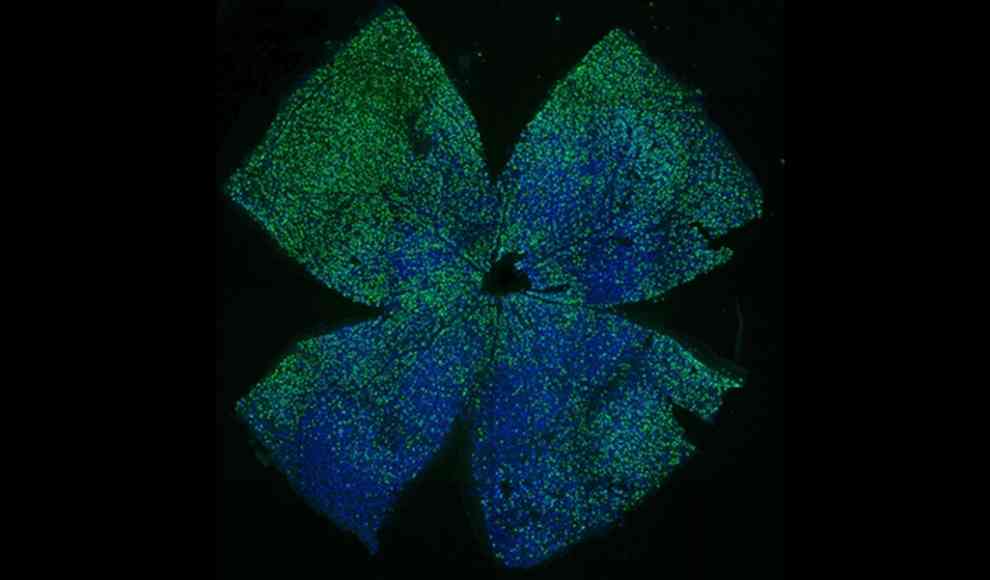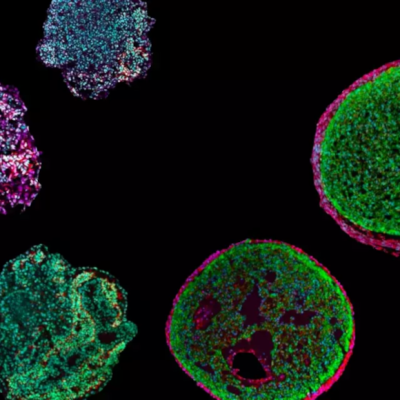A groundbreaking new treatment has successfully reversed blindness in mice by resetting their epigenetic clock. The Harvard Medical School team, led by David Sinclair, used a technique to reprogramme old nerve cells, restoring the animals’ sight. The treatment could potentially be used on humans to rejuvenate the brain and cure blindness. The study, published in the journal Nature, is based on the concept of the epigenetic clock, which suggests that an organism’s age is defined by epigenetic patterns on DNA, known as methylation. As an organism ages, methylation changes, leading to a loss of certain abilities. The researchers targeted the optic nerves of older mice, which had lost their regenerative ability due to changes in methylation. By reprogramming the nerve cells using Yamanaka factors, proteins that can turn genes on and off, the scientists were able to modify the epigenetic pattern of the older mice to match that of younger mice. The treatment restored the mice’s regenerative ability, allowing them to regain their sight.
The study offers a new therapeutic approach to treating age-related optic nerve damage and blindness, which could potentially be used on humans. Andrew Huberman of Stanford University suggests that the treatment could also be used to repair damaged and ageing brains. However, experts caution that there is still a long way to go before the treatment can be used on humans. It is unclear whether the method will work with all tissues, and there is a risk of cancer if the cells are reprogrammed incorrectly. Despite these challenges, the quality of the research has been praised by independent experts.
In conclusion, the Harvard Medical School study offers a promising new treatment for age-related blindness, based on the concept of the epigenetic clock. By reprogramming old nerve cells, the researchers were able to restore the regenerative ability of older mice, allowing them to regain their sight. While the treatment could potentially be used on humans, there are still many challenges to overcome before it can be applied in a clinical setting. Nevertheless, the study represents an important step forward in the field of regenerative medicine.










